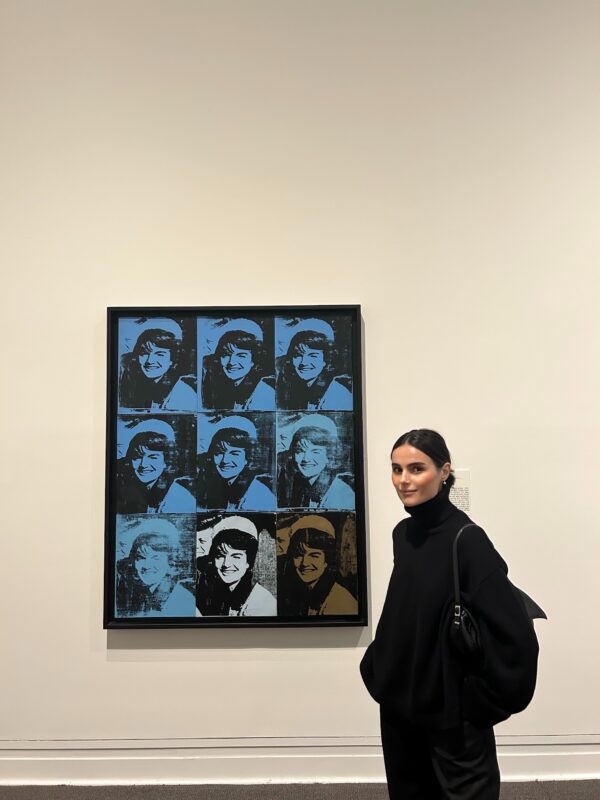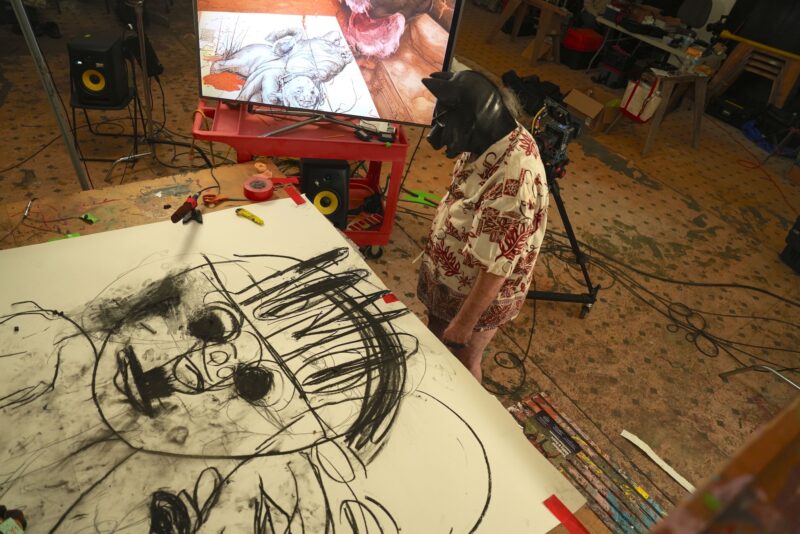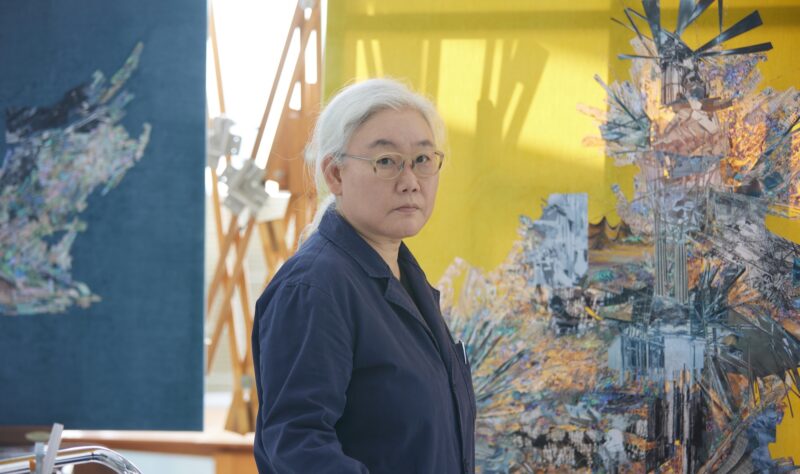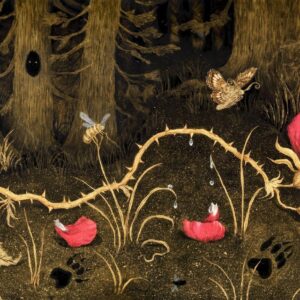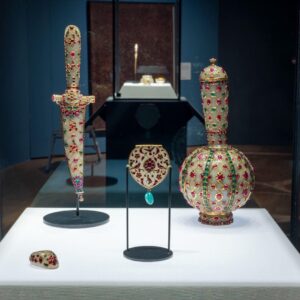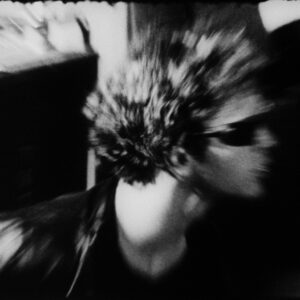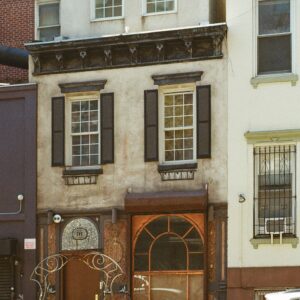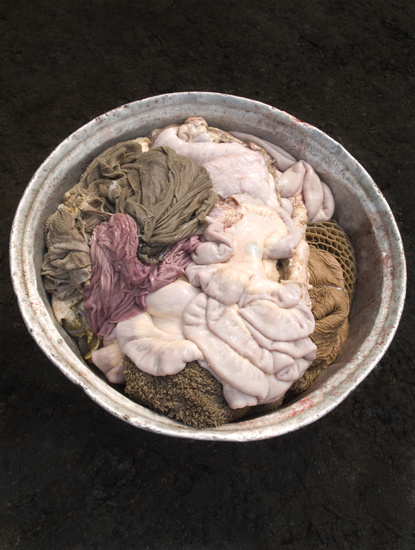
Meat Portraits #037, 2012 Colour photograph 57 x 44 cm / 22 1/2 x 17 3/8 in
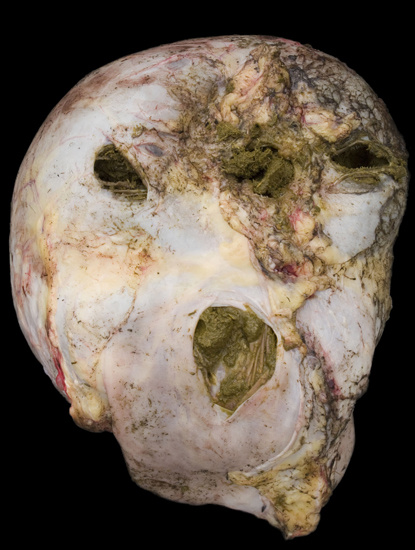
Meat Portraits #031, 2012 Colour photograph 57 x 44 cm / 22 1/2 x 17 3/8 in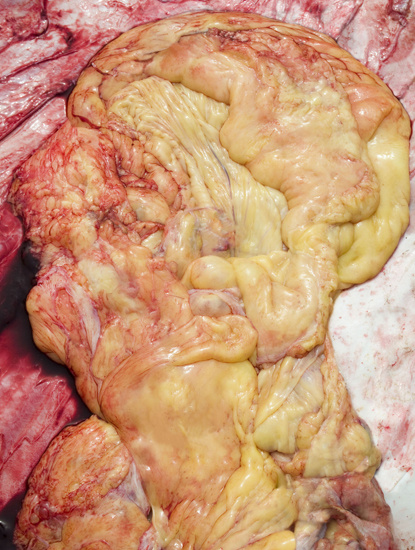
Meat Portraits #030, 2012 Colour photograph 57 x 44 cm / 22 1/2 x 17 3/8 in
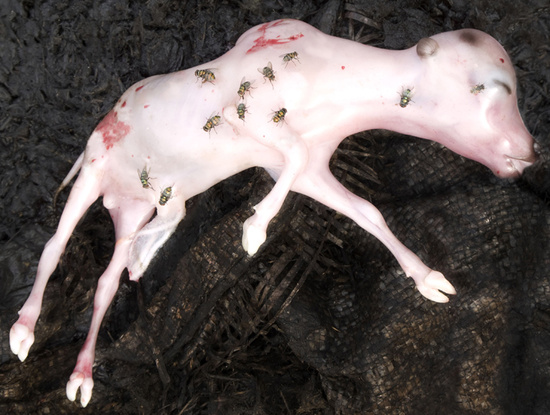
Meat Portraits #026, 2012 Colour photograph 44 x 57 cm / 17 3/8 x 22 1/2 in

Meat Portraits #020, 2012 Colour photograph 57 x 44 cm / 22 1/2 x 17 3/8 in
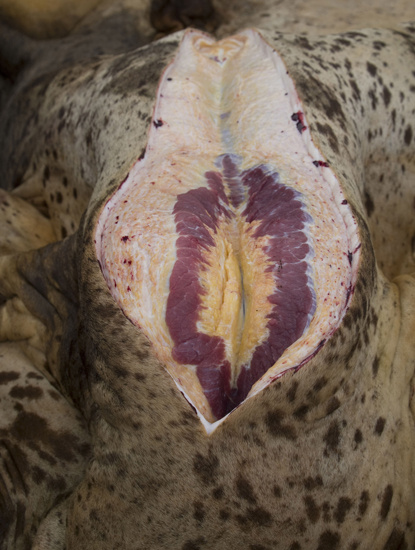
Meat Portraits #016, 2012 Colour photograph 57 x 44 cm / 22 1/2 x 17 3/8 in
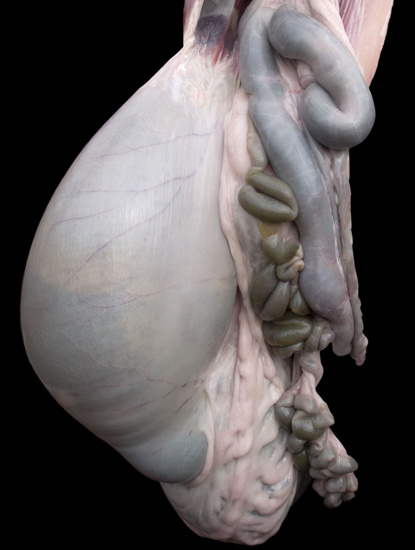
Meat Portraits #015, 2012 Colour photograph 57 x 44 cm / 22 1/2 x 17 3/8 in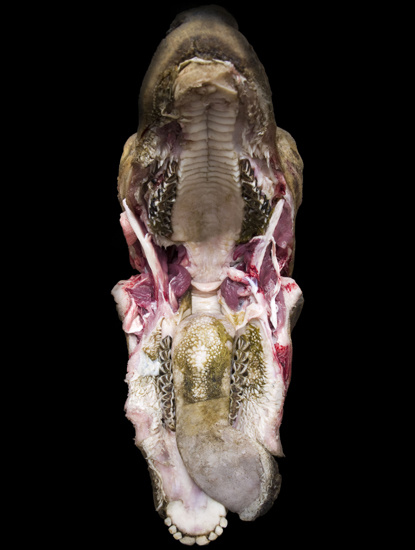
Meat Portraits #013, 2012 Colour photograph 57 x 44 cm / 22 1/2 x 17 3/8 in
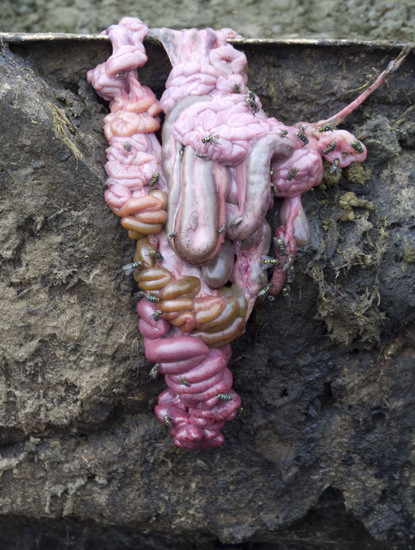
Meat Portraits #010, 2012 Colour photograph 57 x 44 cm / 22 1/2 x 17 3/8 in
Hauser & Wirth Private view Thursday 9th January 2014
10th January – 8th February 2014
‘African butchers don’t use electric saws as Europeans do but cut up the meat by hand which produces a variety of styles. The slaughterhouse was in the open air and in front of it a small market where they would sell the still warm meat. I worked there on and off for one year producing my Meat Portraits. I consider these portraits still lives.’
– Alex Van Gelder
Hauser & Wirth is to present Alex Van Gelder’s first exhibition in London. Van Gelder’s Meat Portraits is a series of visceral photographic studies of animal remains from a slaughterhouse in Benin, which upends traditional notions of portraiture.
Van Gelder photographs raw meat and entrails, either as he finds it in the marketplace, or after arranging it into contorted compositions, as if staged for a formal portrait. Sinewy ligaments are stretched against planes of taught, semi-transparent flesh, ripped, sagging muscles hang loosely and knuckles and faeces jut and spurt from between incisions in the animals’ skin. Whereas portraiture delves into the soul of the sitter, Van Gelder’s Meat Portraits literally delve inside their subjects, exposing the findings in an unrestrained portrayal of corporeality.
On first encounter, the Meat Portraits revolt and nauseate, but there is a strange beauty underlying their initial impact. Van Gelder is concerned with the transitory state between life and death and, although the series is named Meat Portraits, he considers these still-life works. This distinction highlights that the carnal remains in the Meat Portraits are now lifeless objects as opposed to living organisms. Bloodied and still pink, the redness of these objects acts as a sign of recent life. In this way, the Meat Portraits are reminiscent of the traditional African deathbed portraits that Van Gelder collects, where a photograph of the deceased is placed alongside their bed, around which the family gathers to pose for a photograph in a ritual to commemorate the passing of a loved one.
www.hauserwirth.com
??
About the artist
Alex Van Gelder lives and works in Paris. Based in Africa for several years, Van Gelder is a collector of twentieth- century African photography. Works from his collection were exhibited at Fotomuseum Winterthur, Switzerland in 2006, and Phaidon published ‘Life & Afterlife in Benin’, a book of the collection, to accompany the exhibition. Van Gelder’s previous artistic projects include a portfolio of 18 photographs of Louise Bourgeois’s hands in the final years of her life, exhibited at Hauser & Wirth Zürich in 2011. At Bourgeois’s invitation, Van Gelder photographed her at her New York townhouse to produce the series. More than purely a portrait project, Bourgeois considered this collaboration to be an extension of her own work. The exhibition was accompanied by a fully illustrated catalogue, ‘Alex Van Gelder – Louise Bourgeois. ARMED FORCES’, published by Ediciones Polígrafa and Hauser & Wirth.
